Space Grant a key STEM program
- October 20, 2015
- / Lisa Monti
- / economy
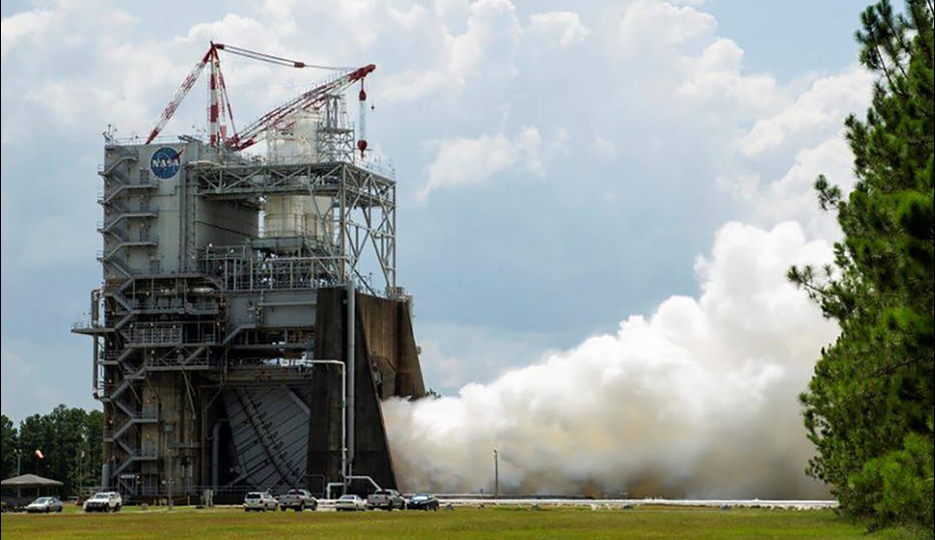
A July test of the RS-25 engine of the type that will power the Space Launch System. Stennis Space Center in South
Mississippi is the main NASA facility in the Baton Rouge-based Louisiana Space Consortium. NASA/SSC photo
The National Aeronautics and Space Administration had the future in mind when it initiated the National Space Grant College and Fellowship Program in 1989.
It talked STEM - science, technology, engineering and math - before STEM was cool.
The Space Grant’s goal is to attract more students to careers in aeronautics and related fields by funding scholarships, faculty training and curricula development and to get the public involved through outreach programs.
Today there are more than 850 affiliates in the Space Grant network of colleges and universities, along with industry, museums, science centers and state and local agencies in all 50 states plus Washington, D.C., and the Commonwealth of Puerto Rico.
The Space Grant was modeled on long-established land and sea grant programs. Starting in the late 1800s, states were given federal land grants to establish colleges for agriculture, science and engineering studies. The 50-year-old Sea Grant program uses the network approach to create and maintain a healthy coastal environment and economy.
The member institutions of the Space Grant program have developed individual programs based on common educational goals.
The Alabama Space Grant Consortium’s mission is to “inspire, enable and educate a diverse group of Alabama students to take up careers in space science, aerospace technology and allied fields.” ASGC also aims to inspire the next generation of space explorers with precollege programs and to make state residents aware of the value of space science and technology.
The University of Alabama in Huntsville, home of NASA’s Marshall Space Flight Center, is the lead institution. In the Gulf Coast I-10 region, the University of South Alabama in Mobile, Ala., also is a member of ASGC.
Florida is known worldwide for its space activities, thanks to Kennedy Space Center. The Florida Space Grant Consortium was established in the state in 1989, and consists of 17 public and private universities and colleges led by the University of Central Florida’s Florida Space Institute.
In the Gulf Coast I-10 region, the University of West Florida is a member. Other members include all of Florida’s community colleges, as well as the Astronaut Memorial Foundation, Space Florida, Kennedy Space Center, and Orlando Science Center.
The Mississippi Space Grant Consortium was established in 1991 through an award by NASA to The University of Mississippi, Jackson State University, The University of Southern Mississippi and Mississippi State University. Since then, MSSGC has expanded Space Grant activities to include all universities and community colleges in the state. Oddly enough, the most widely known space activity in Mississippi, the rocket engine testing at Stennis Space Center, is actually a member of the consortium in nearby Louisiana.
The Louisiana Space Grant Consortium was formed in 1991 and has offices on the Louisiana State University campus in Baton Rouge. LaSPACE’s statewide consortium is composed of 27 members including 19 affiliate universities and colleges joined by partners from business/industry, state/local government, state education boards and nonprofit organizations.
In addition to Mississippi’s Stennis Space Center, another member in this region is Michoud Assembly Facility in New Orleans.
“Stennis is our primary regional NASA center,” said Colleen H. Fava, LaSPACE manager. “The Stennis University Affairs Officer sits on our program’s Advisory Council and we have discussed hosting a joint meeting there with the leadership of the Mississippi Space Grant Program.”
All of the state programs compete for NASA funding, which is partially matched by the state. LaSPACE is funded primarily by NASA and the Louisiana Board of Regents. Funds support programs for undergraduate as well as graduate students, researchers, and some K-12 programs and public outreach efforts.
“Our major goal is to improve STEM workforce development in the state,” said Fava. “All of our projects - even those focused on faculty research - incorporate student researchers to give them genuine hands on experience.”
NASA and the South’s Space Crescent
Spurred on by President Kennedy’s challenge to get a man on the moon before the end of the decade, NASA launched an ambitious program in the 1960s to establish manufacturing, test and launch facilities needed to win the space race. And the South became the big winner.
The South became the home to key NASA facilities in part because of the availability of large tracts of land and interconnected waterways needed to transport large space vehicles. Longer periods of fair weather flying also played a role. In addition, powerful, senior Southern politicians embraced the space program and recognized the economic benefit it would bring.
Huntsville, Ala., Houston, Texas, Cape Canaveral, Fla., Bay St. Louis, Miss., and New Orleans became key locations and the term “Space Crescent” was used to describe the arc of centers in the South.
“Way Station to Space” by Mack R. Herring pointed out a cover story in the July 20, 1964 issue of U.S. News & World Report that described the space program as a new industry in the South worth “billions.”
- David Tortorano
She said LaSPACE’s niche is its scientific ballooning program called the Louisiana Aerospace Catalyst Experiences for Students, or LaACES. It provides a realistic experience of working on an aerospace project. Students at participating schools design, build and fly small payloads on helium-filled latex sounding balloons that can reach 100,000 feet. They then analyze the data and present the findings.
Fava calls the undergraduate research program “an aerospace catalyst for students.” The program’s success led to the development of a similar program nationwide called High Altitude Student Platform. HASP’s balloons can carry up to 12 student payloads on flights than can last up to 20 hours.
Victor Fernandez-Kim, a senior in Mechanical Engineering at LSU, participated in LaACES in 2013-2014 and was the 2014-2015 student project manager for an advanced HASP team. He currently leading a group of students on an 18-month project proposal for NASA’s Science Mission Directorate and Office of Education.
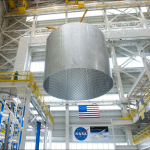
NASA’s other key facility in the Gulf Coast region is Michoud Assembly Facility in New Orleans. NASA photo
“In my time working with this program I have learned to apply fundamental engineering and research methods that are typically not covered in the engineering curriculum until senior year,” he said. “Through the years it has been difficult and frustrating at times, but the feeling of successfully completing a project is worth coming back and expecting a new, more challenging experience.”
GulfCoastAerospaceCorridor.com is a website created in 2008 to highlight aerospace activities along the Interstate 10 corridor between New Orleans and Northwest Florida. It includes reference material, job postings, a daily aerospace newsfeed and weekly column. In 2011, the website teamed with several journalists to create the Gulf Coast Reporters’ League, which writes and publishes an annual book about aerospace in the region. The first book was published in June 2011. In September 2013, the League launched an eight-page quarterly aerospace newsletter, which became a bimonthly in August 2014 after the League published the fourth edition of the annual.
All the books can be found at: www.gulfcoastaerospacecorridor.com/gcacbooksall.html;
and all the newsletters can be found at www.gulfcoastaerospacecorridor.com/gcacnewslettersall.html.
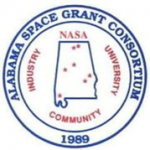
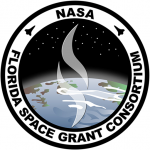
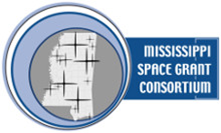
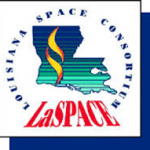
 CivicCon launches with a look at good growth in cities
CivicCon launches with a look at good growth in cities
 Building stronger brains one baby, one parent at a time
Building stronger brains one baby, one parent at a time
 SCI debuts commercial on Early Learning City
SCI debuts commercial on Early Learning City
 Entrecon: World class speakers and an opportunity to sharpen skills
Entrecon: World class speakers and an opportunity to sharpen skills
 PYP Quality of Life survey 2017
PYP Quality of Life survey 2017
 EntreCon Pensacola 2016: A look back
EntreCon Pensacola 2016: A look back
 Leadership tip: getting better employee takeaways
Leadership tip: getting better employee takeaways
 Leadership tip: be interested instead of interesting
Leadership tip: be interested instead of interesting
 Leadership tip: delivering difficult messages
Leadership tip: delivering difficult messages
 Brain Bags boost Arc, Early Childhood Court programs
Brain Bags boost Arc, Early Childhood Court programs